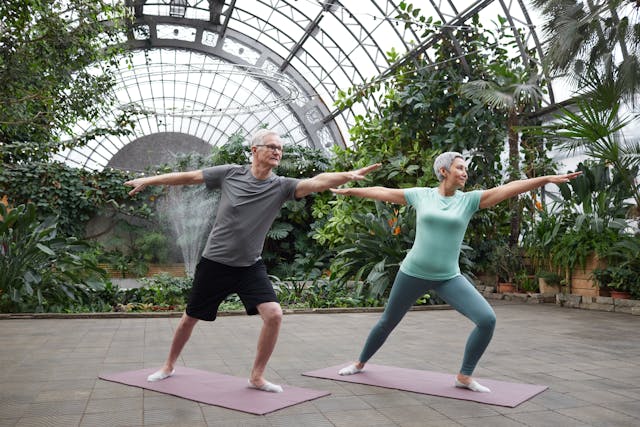We’ve got to give kudos to scientists and medical researchers around the world. Within just nine months of the COVID-19 pandemic, they were able to produce vaccines for one of the deadliest pandemics that the world has seen. But even though nine months is a relatively quick time to create effective vaccines, it feels like an endless loop for everybody else. It’s a particularly difficult time for teenagers.
Stanford researchers took the time to investigate how COVID-19 is taking a toll on teenagers, especially now that enforced social distancing has taken away their everyday routine and some significant means of psychological support. They found that the age group is at a higher risk of developing anxiety and depression.
Where does the anxiety and depression stem from?
“Well, there goes my senior year. Goodbye, prom. Goodbye to the athletic programs and school clubs and weekend activities that I loved. Here lie the times that I can never get back.”
Variations of this statement are common among social media posts by high school seniors. But it’s always the same sentiment. And even though some might say it’s dramatic, nobody can blame them. They were looking forward to the most exciting time of their teenage years when a pandemic took it away from them.
Many students around the world now had to finish or are finishing their senior high school program online.
These kids won’t get the chance to walk the stage at their high school graduation. They won’t experience the bittersweet feeling of parting with their high school friends after the graduation rites. But most importantly, they didn’t have the physical presence of their friends and mentors for almost a year.
Never mind that technology makes it easy to send messages and make video calls. Never mind that technology makes way for virtual classes, so they can technically still spend school days with their classmates. Young people need the physical presence and support of their peers. And for that to be abruptly taken away from them, it unsurprisingly takes a toll on their mental well-being.

How do you identify and help teens who are at risk?
This generation is quite tough. Their formative years have been disrupted by a deadly pandemic. And even though a vaccine is available, it doesn’t mean that life will return to normal in the blink of an eye.
The symptoms of teen anxiety and depression aren’t always noticeable especially in this generation where people probably spend more time on their gadgets than with their family and friends. But if you pay close attention to them, you might notice symptoms like irritability, restlessness, the inability to concentrate, and the tendency to isolate themselves from other people, even if it is through virtual interaction.
They might also exemplify physical symptoms such as headaches, insomnia, fatigue, and aches and pains that aren’t caused by strenuous activities. There might also be changes in their eating habits.
Even the most resilient teenagers can be at risk of COVID-related anxiety and depression. Of course, the best way to help them is to encourage seeking out professional help. But there are some things you can do to help ease the symptoms of their condition, too.
- Encourage them to stay active, whether it’s through new hobbies or backyard sports.
- Maintain a level of normalcy through activities like socially distanced walks in the park.
- Suggest stress-reducing activities such as yoga and meditation. Gratitude journals may also help.
Finally, remind your teenagers that it’s normal to feel anxiety or depression because of the current situation. But also remind them that their life isn’t over. They can use this time to recharge and rediscover themselves so when the pandemic blows over, they’re more than ready to take on the world.







